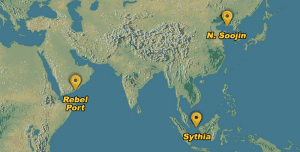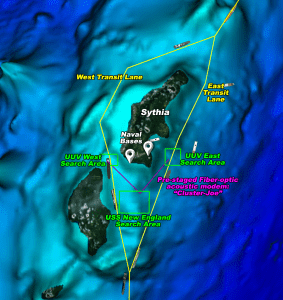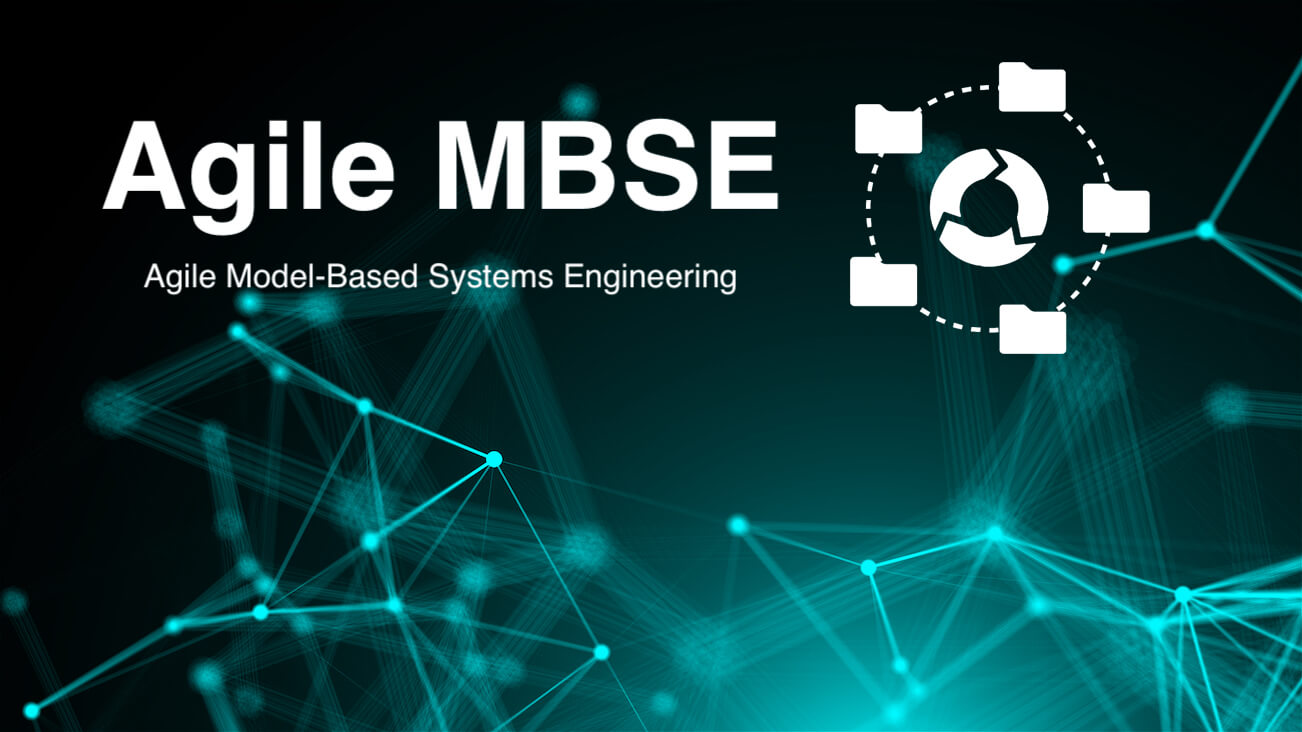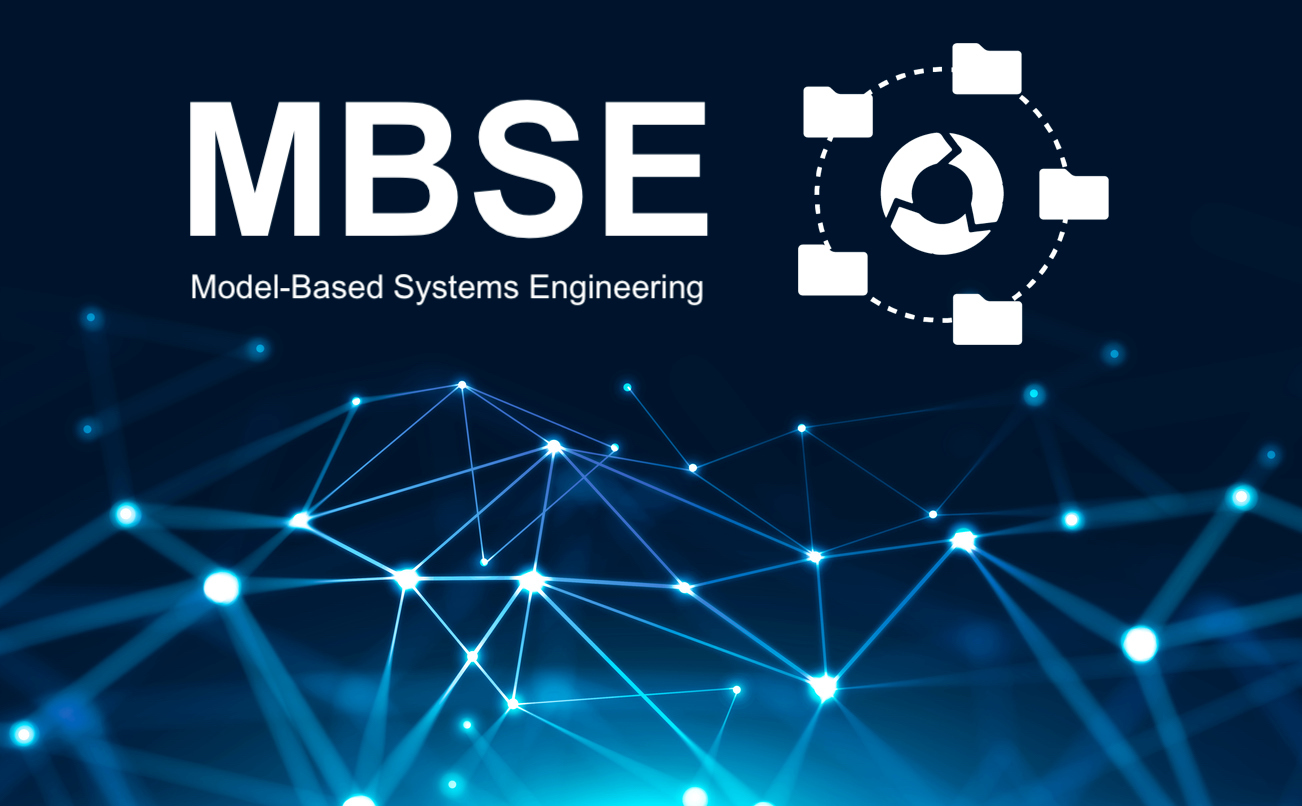This three-part story is about the first employment of an Intelligent Agent system on a U.S. Submarine in the year 2026. The scenario demonstrates how an Intelligent Agent can help solve a complex war-fighting problem by sifting through and interpreting tremendous amounts of data and thereby increasing the probability of mission success. The scenario provides a high degree of ambiguity, but the Intelligent Agent helps lift the fog of war by offering the commanding officer an Information Advantage.
Part One: The Surprising Problem of Too Much Data
The USS New England, a Virginia Class submarine patrols the waters south of the island of Sythia in May 2026 in search of the North Soojin vessel named Iron Fist. New England is tasked to put a tracking device on Iron Fist for a possible subsequent takedown by U.S. Special Forces. The Iron Fist is a commercial vessel that is believed to be carrying war materials and chemical  weapons parts for rebel forces that control a key port in the Middle East. Successful delivery of those materials to the rebels would significantly destabilize the region and undermine U.S. vital interests there. Sythia is an island nation that lies strategically along the major shipping route between North Soojin and the Middle East.
weapons parts for rebel forces that control a key port in the Middle East. Successful delivery of those materials to the rebels would significantly destabilize the region and undermine U.S. vital interests there. Sythia is an island nation that lies strategically along the major shipping route between North Soojin and the Middle East.
The Commanding Officer knows that he has a fine ship and an excellent crew. He also knows that he has a significant Information Advantage over the adversary thanks to the recent installation of an Intelligent Agent System in New England’s combat system. Although the Intelligent Agent is a piece of sophisticated software, it is like having another human team member in the control room—one that presents a rich and synthesized perspective of the many data sources that are being brought to bear on this mission. More than that, the Intelligent Agent assists in mission planning, provides analysis, makes recommendations, and offers alternative courses of action to the team. This is a dangerous mission. The waters here are treacherous, and there are many vessels in the shipping lanes overhead. The mission would have been impossible to conduct only 10 years ago, but this Commanding Officer has an Information Advantage now that his predecessors did not have, to the same degree, in 2016.
The shipping lanes pass the island to the east and the west of Sythia. Although there is uncertainty about which route the Iron Fist will take, the Intelligent Agent helped the crew determine that during the planning phase of the event, a simultaneous search of both shipping lanes by Unmanned Underwater Vehicles (UUV) would maximize the chances of detection. New England’s was the first operational mission that involved simultaneous use or more than one UUV. Since 2016, advances in  UUV technology made significant inroads into many of the basic UUV challenges: power density and proposition limitations, launch and retrieval processes, as well as data collection, storage, and transmission. An unintended consequence of the viral explosion of data was the burden placed on the crew in processing the information in a real-time decision-making scenario.
UUV technology made significant inroads into many of the basic UUV challenges: power density and proposition limitations, launch and retrieval processes, as well as data collection, storage, and transmission. An unintended consequence of the viral explosion of data was the burden placed on the crew in processing the information in a real-time decision-making scenario.
Much of the work on UUVs in the early 2020s resulted in the development of the Intelligent Agent project that helped afloat crews and shore-based staffs make sense, not just of UUV data, but data from Unmanned Airborne Vehicles (UAVs) and a proliferation of thousands of other low-cost remote sensors of all kinds at the fleet and national levels. Although it was originally conceived as a submarine program, it quickly grew to include a progressively larger share of Navy and Department of Defense systems—not replacing these systems, but leveraging them.
The idea of Information Advantage is an old one[1] as is the advent of Intelligent Agents. It has long been believed that the incredible proliferation of data, analysis technology, and robust software architecture offered a unique set of circumstances that all information-dependent entities, including both military and business command decision makers, could tame. The idea was not just to mine and organize the data, but to create a system that could be regarded as a contributing team member. This Intelligent Agent would present the data in patterns that human teams could exploit naturally, synthesize data from disparate sources, offer suggestions, and most importantly, it would learn. Further, the Intelligent Agent would help Fleet Commanders reduce risk to manned vessels, make tradeoffs between manned and unmanned systems, increase sensor coverage by orders-of-magnitude, and shorten decision cycles. In short, it would give commanders at all levels an Information Advantage across the spectrum of combat. When UUV development resulted in a pressing need to manage the unintended proliferation of data from these new sensors, the need for such an Intelligent Agent became even more compelling.
For a video presentation of this post please visit Information Advantage Demonstration: How An Intelligent Agent Increases the Probability of Mission Success
[1] Sviokla, John. “Five Keys to Creating an Information Advantage.” Harvard Business Review. January 19, 2010. Accessed October 17, 2016. https://hbr.org/2010/01/five-keys-to-creating-an-infor





